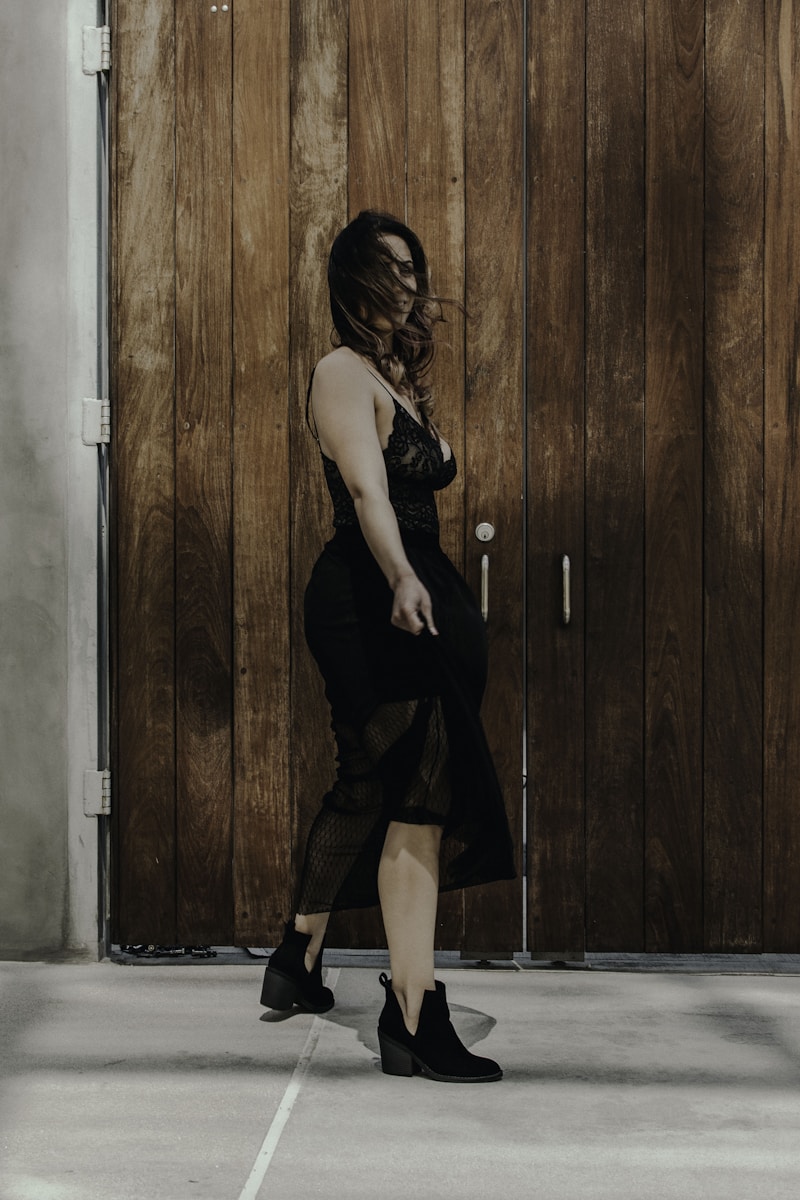Bridal Dress Alteration Timeline Checklist: Your Ultimate Guide to a Flawless Fit
Planning a wedding is no small feat. It involves countless details to ensure that the big day goes off without a hitch. Among the myriad of tasks on your wedding checklist, one of the most crucial is ensuring your bridal dress fits perfectly. The process of bridal dress alterations can be daunting, but with the right timeline and checklist, you can navigate through it seamlessly. This article will provide an exhaustive guide to create a bridal dress alteration timeline checklist that will help you achieve that perfect fit without unnecessary stress.
The Importance of Bridal Dress Alterations
Your bridal gown is often the most significant aspect of your wedding day attire. A beautiful dress that fits well not only enhances your appearance but also boosts your confidence as you walk down the aisle. Alterations are necessary due to various factors such as size discrepancies, style customization, and personal comfort. Therefore, it is essential to prioritize this aspect as you plan your wedding.
Common Bridal Dress Alterations
Before diving into the timeline, let’s look at some common alterations brides typically request:
| Type of Alteration | Description |
| Hemline Adjustment | Shortening or lengthening the dress to match your height and heel choice. |
| Waist Adjustment | Taking in or letting out the waistline for a better fit. |
| Strap Adjustment | Changing strap length or style for comfort and support. |
| Adding Cups | Inserting bust cups for added support and shape. |
| Custom Modifications | Personalizing details such as sleeves, neckline, or embellishments. |
Creating Your Bridal Dress Alteration Timeline
To make sure your bridal gown alterations are completed in a timely manner, it's vital to establish a clear timeline. Below, we’ll outline a practical checklist for brides to follow:
1. Choose Your Dress (6 to 9 Months Before the Wedding)
Your journey begins with selecting your dream gown. Once you’ve made your choice, take note of how it fits and any areas you wish to adjust. This is the perfect time to find a reliable bridal tailor or seamstress who specializes in wedding gowns. Don’t hesitate to ask for recommendations from friends or bridal boutiques.
2. Schedule the First Fitting (5 to 7 Months Before the Wedding)
Book your first fitting appointment as soon as you acquire your dress. At this stage, your dress may still be a bit loose or need initial adjustments. This fitting usually involves basic alterations like taking in the bodice and adjusting the hem. Ensure you bring the shoes you plan to wear on your wedding day, as they will affect the hemline adjustment.
3. Follow-up Fittings (3 to 5 Months Before the Wedding)
After your first fitting, expect to return for follow-up fittings. It’s advisable to schedule these appointments every 4 to 6 weeks. At each fitting, you'll evaluate the alterations made, adjustments required, and any new changes you might want. Open communication with your tailor is key to achieving your desired look.
4. Final Fitting (1 to 2 Weeks Before the Wedding)
Your final fitting is perhaps the most vital step in the process. This fitting should confirm that all alterations have been completed. Wear the full outfit during this appointment, including accessories, undergarments, and shoes, to ensure everything aligns perfectly. It’s crucial to get your dress back in time for any last-minute adjustments, so be sure to ask when you can expect to pick it up.
5. Dress Pickup (A Few Days Before the Wedding)
Once your dress is completed, pick it up a few days prior to your wedding. This allows for any last-minute checks. Take the dress home and hang it in a safe place. Familiarize yourself with how to handle it to avoid damage before your big day.
Tips for a Successful Alteration Experience
Here are some additional tips to ensure your bridal dress alterations are as smooth as possible:
- Communicate Clearly: Be upfront about what adjustments you want, and don’t shy away from expressing any concerns or preferences.
- Be Patient: Alteration processes can take time, especially if your seamstress is busy with multiple clients. Patience is a virtue here.
- Wear Proper Undergarments: During fittings, wear the undergarments you intend to use on the wedding day. This will give you a more accurate idea of how the gown will fit.
- Document Everything: Keep a checklist of all alterations discussed and agreed upon, so that nothing is overlooked.
Conclusion
In conclusion, navigating the bridal dress alteration process may seem overwhelming, but with this comprehensive timeline checklist, you are well on your way to wearing a gown that not only looks incredible but feels comfortable too. Remember to allow ample time for alterations, communicate openly with your tailor, and follow the timeline to ensure a smooth experience. By prioritizing your bridal dress alterations, you’ll step into your wedding day with confidence and poise, enjoying every moment in your beautifully fitted gown.
As you move forward in your wedding planning, refer back to this checklist and remain proactive about your dress alterations. Happy planning!
